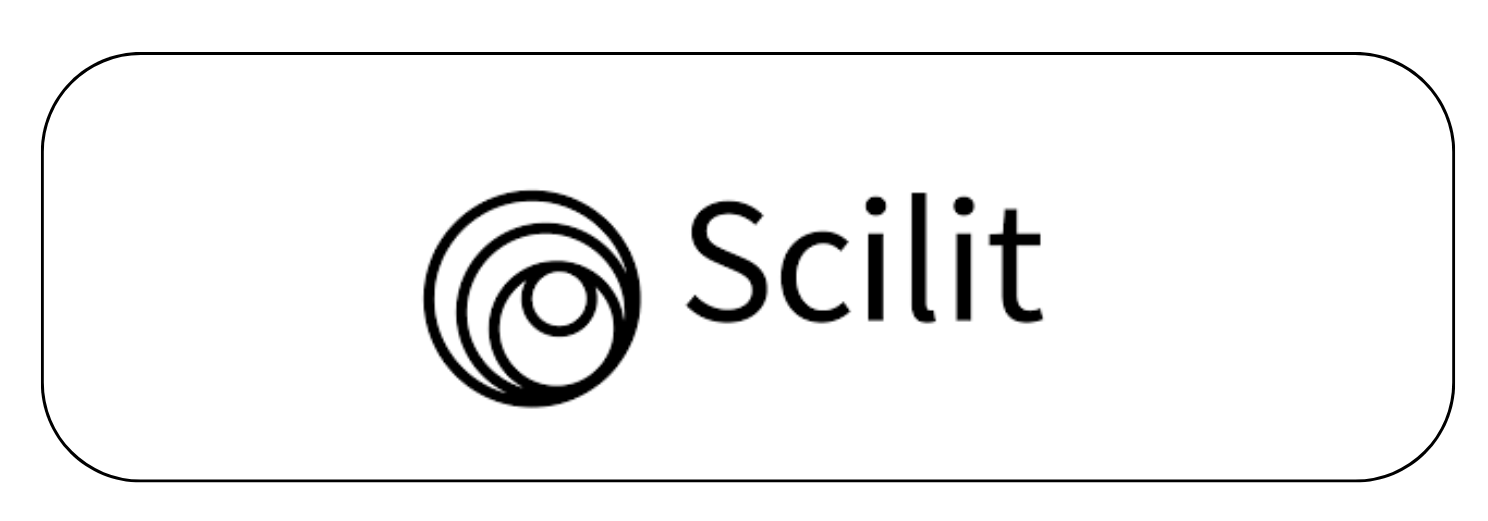Graduate on Time: Factors of Failure in UiTM Cawangan Johor
DOI:
https://doi.org/10.61688/ajpbs.v1i1.13Abstract
The percentage of diploma students who graduate on time in UiTM Cawangan Johor for each semester was inadequate. Therefore, this study seeks to explore the factors that influence students to be unsuccessfully graduating on time. A sample of 17 extended full-time modes (SML) students in the semester of July – August 2018 (intersession semester) had been utilised as the primary data. In this research, the descriptive analytics study was also used. The students were asked an open-ended question to get the required information based on the objective of the study. In 30 minutes, 97 answers were received and recorded. Based on the answers obtained by the students, there are 10 categories that can be identified according to the similarities of answers given by the students. The 10 categories are then called the factors. It includes (1) learning abilities, (2) attitude towards learning, (3) time management, (4) system, (5) lecturer, (6) strategy, (7) low self-confidence, (8) peer, (9) lack of family support and (10) financial difficulties. This study is important because it attempts to generate research-based recommendations in order to improve the percentage of students who graduate on time in UiTM Cawangan Johor. The findings of the study may suggest new methods of activities or programmes that are needed to be taken into consideration by the university in the future. The increase in GOT students will only materialise if the actions have been taken, which is depending on the findings of this study.

Downloads
Published
How to Cite
Issue
Section
License
Copyright (c) 2020 Azlina Jumadi, Haslenda Yusop, Masyfu’ah Mokhtar, Nor Fauziah Abu Bakar, Norsaliza Abu Bakar

This work is licensed under a Creative Commons Attribution 4.0 International License.
Published by Universiti Poly-Tech Malaysia. This article is licensed under the Creative Commons Attribution (CC BY 4.0) license. Anyone may reproduce, distribute, translate, and create derivative works from this article (for both commercial and non-commercial purposes), provided full attribution is given to the original publication and authors. The complete terms of this license can be found at:http://creativecommons.org/licenses/by/4.0/legalcode













